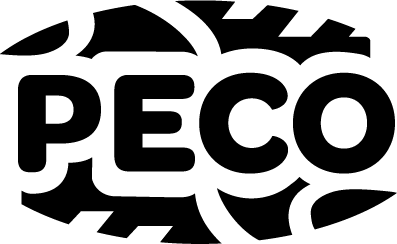Abanodo
This piece, entitled "Abanodo" attempts to explore the essence of our era: the rise of individualism and the abandonment of our institutions.
Of the four elements that make up the composition, the central figure is identified with the single eye looking right with her back to an abstraction of half a Menorah under a flame that is presented upside down. She seems to be conversing with the element on the right of the canvas. His expression seems pejorative, fierce and dominating. In between the two is a third figure that represents the helpless child, caught in between.*
So what does this all mean. Let's go back a bit. Fifty years ago, our generation was entirely surrounded by time-tested traditions and institutions. No, I don't mean mental institutions, although school sometimes seemed that way. I refer to the institution of marriage, the institution of religion, the institution of natural conservation, the institution of education, the institution of career expectations, the institution of friendship and so on.
With each of these examples the ascendancy of time gave shape to our upbringing as the wisdom of our elders was passed down to us in all its many forms and with equal vigour on a daily basis. All these institutions presented a moral compass with values to offer and a goal of striving for something beyond the "self". The figure on the left represents these institutions as well as the past.
However, the last half century has also unraveled the fabric of traditional society. The concept of "my own destiny" is the cornerstone of the Baby Boomer generation. Fringe movements for individual freedoms came into focus. The right of the individual was demanded - and in many cases rightly so. But like a see-saw, the rise of individual freedom came at the demise of "the institution". As a result, one can argue that we have become rudderless, a-moral and self-centred. As one Boomer puts it, "...the downside is that we have become authors of our own lives without society offering us a compass to follow." The Guardian
The element on the right of Abanodo is our rudderless, a-moral villain. He is the liberated self and the self-published. He is loud and opinionated. He is a voice amongst thousands shouting, cluttering the air waves, begging for attention. What he says is not important. Rather, the fact that he is seen is what matters. He is here and now but gone tomorrow - replete with promise but little follow-through. He is fake news, a populist.
And yet we continue to be intoxicated by his messages. Our hero is caught in between the past and the present with her red stains. She has abandoned her institutions, disregarded her past and is seeing her future, her helpless baby become victim to this rudderless present. What will his future without institution or tradition become? Will he sacrifice his freedom for the common good? Is he pleading with us to turn back like the title read backwards? "Abanodo, Abanodo... Do Not Abandon".
* Although I am using specific religious symbols and gender roles to identify each figure I'm not necessarily trying to add commentary on religion and gender respectively (that's a completely compelling subject matter for another day). Rather, on a symbolic level, I am associating each element as a "tense".

